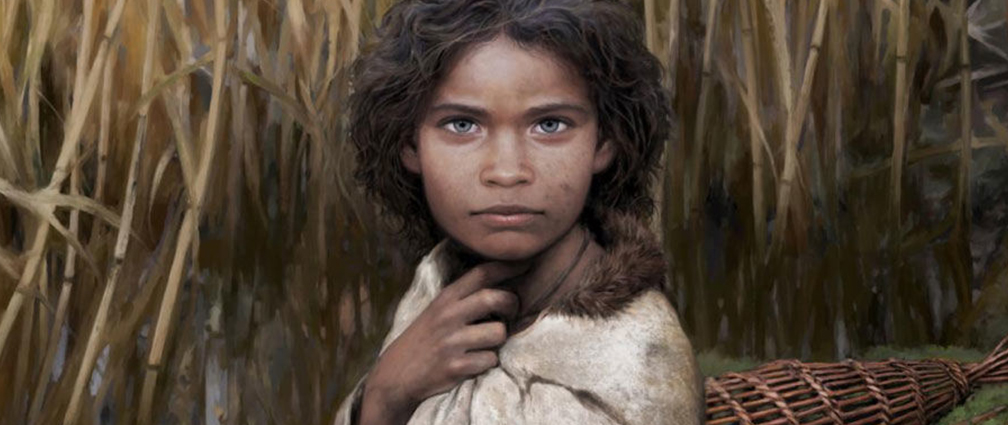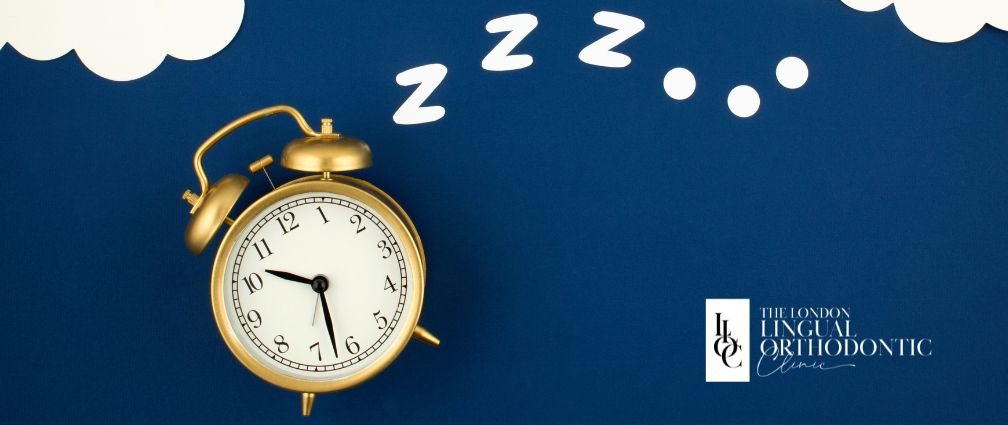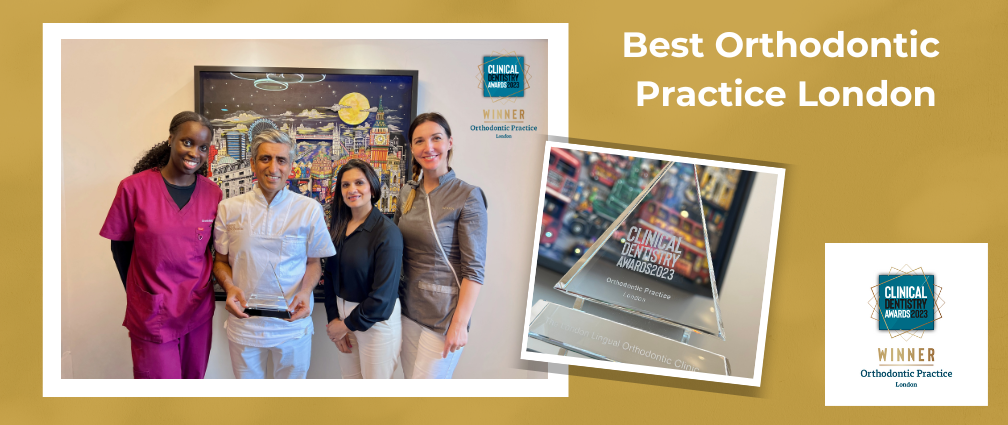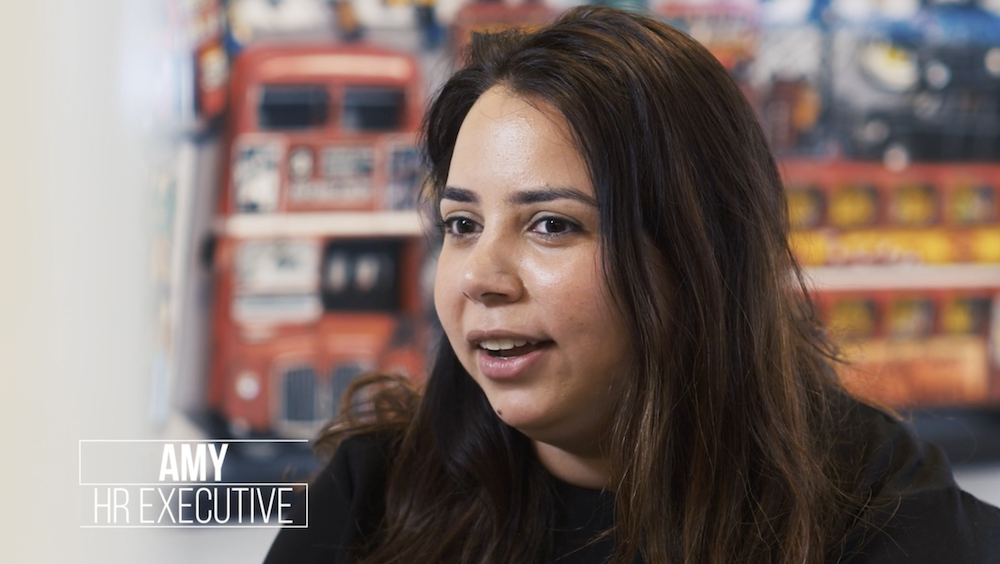Archaeologists discovering an ancient chewing gum-like substance have been able to determine the life, appearance and diet of a young girl from the Stone Age. Bird pitch, an ancient type of gum which was used as a type of glue by humans in the Paleolithic era, was discovered at an archaeological site in Denmark.
The young girl lived in Lolland some 5700 years ago and the area she was found in is now an important archaeological site. Thanks to the traces of her microbiome, as well as random DNA, scientists have been able to discover all sorts of things about the girl, including what she might have looked like and even her last meal, thought to be duck and hazelnuts. In addition, she suffered from tooth decay, may have fallen prey to an illness like glandular fever and it’s believed that, like all humans at that time, she would have been lactose intolerant.
It’s extraordinary that we can tell so much from a tiny wad of gum from so long ago. This is one of many examples of excavations which illustrate how the mouth of a dead person can help paint a picture of their life and life at that time. A recent British Museum exhibition called Ancient Lives, new discoveries illustrated just how devastating tooth decay was in an era long before toothbrushes and fluoride toothpaste. The exhibition focused on the lives of eight people who lived in Egypt and Sudan over several centuries, whose bodies had either been embalmed or mummified. Thanks to advances in CT scanning, the bodies provided valuable information to researchers.
The British Museum curators were able to determine the pathological conditions the people were suffering from. The most common condition to emerge was dental disease. Four of the bodies had dental abscesses and would have been in considerable discomfort and it’s even possible that at least one of them might have died as a result of infection from a tooth entering the bloodstream.
Why was decay such a problem? Humans probably ate a lot of sugar at that time and their molar teeth appear to have been worn down by a fibrous or gritty diet.
Forensic dentistry is an important speciality. Despite being such a small part of the body, the contents and structure of the human mouth and teeth can live on and continue to tell our stories for centuries.
You can read more about dentistry and orthodontics in the news here.
Feature image credit: Tom Björklund














